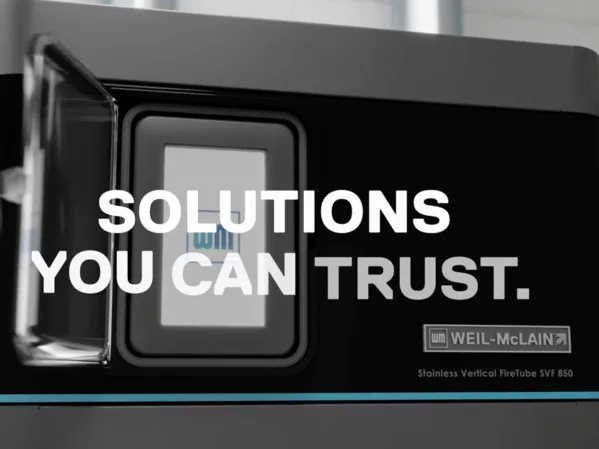A few weeks before writing this column, I tried to call an insurance company to ask a question before buying a policy. After navigating through various levels of menus, I eventually reached a message instructing me to visit the company’s website and was then disconnected.
Thinking perhaps I’d chosen the wrong path through the voice menus, I tried again. Different choices; same outcome: I was instructed to visit the website if I needed “more information.”
So, I kept trying and eventually made a game of it: I was bound and determined to exhaust every option in the elusive pursuit of connecting with a real human being. Alas, I failed. There was no way to reach an employee of this insurance company by phone — even when specifically informed that by hitting a certain key, I would be connected to a representative.
I chose another insurance company.
Staples for Success … for Awhile
In 1996, Staples founder Thomas Stemberg published “Staples for Success: From Business Plan to Billion-Dollar Business in Just a Decade.” Achieving a billion dollars in revenues in 10 years is a very impressive accomplishment. Even more impressive, Staples kept right on growing — peaking at $24.5 billion in revenues in 2011.
For several years, Staples.com was frequently listed as the second-highest revenue website in the United States, behind only Amazon.
What happened next was even more breathtaking, but in a bad way. By 2016, Staples had lost a quarter of its revenue; it was hemorrhaging cash, was delisted and taken private by a private equity group. Today, revenue estimates for the privately held company hover around $8 billion; I can’t find it on any “Top 50” e-commerce lists.
The irony here is the company’s obsession with e-commerce may have contributed to its downfall. Stemberg was interviewed in 1991 by the authors of a book with a title that sounds almost satirical in retrospect: “Radical E: From GE to Enron – Lessons on How to Rule the Web.”
Describing the company’s efforts to encourage customers to place orders on Staples.com instead of via phone calls, Stemberg said, “For every phone call not made, we save almost $3.50. So, there’s already a 2 to 3 percent savings in order-entry costs.”
Sounds like a great plan — until you consider that while Staples lost a quarter of its revenues, Amazon grew 180 percent at the same. Makes you wonder how many of those customers Staples persuaded to buy online switched to Amazon instead of Staples.com.
In Praise of the Beleaguered Phone Call
Like Staples, some distributors not only incentivize customers to buy online; they discourage phone calls by putting obstacles in customers’ paths: complicated phone menus, long queue times, less experienced employees, etc. While this makes sense in a spreadsheet that assumes a zero-sum game where revenues switch from one channel to another, it does not reflect the reality of customer needs or competitors’ capabilities.
Pure digital players don’t take phone calls at all. Instead of attempting to copy that strategy, distributors should consider taking advantage of the opportunities available by having phone conversations with customers to:
Solve complex problems driving sales that are hard to execute online;
Build relationships;
Gather customer information about upcoming needs;
Network for other contacts within a customer organization;
Offer services to expand your value for the customer;
Upsell and cross-sell products.
Many years ago, I was the Grainger branch manager in Arlington Heights, Ill. We had regular contests to see who could upsell the most over the phone. I had one employee named Bill who was a selling machine on the phone: personable, likable and politely relentless.
One day, a customer called to order a commercial water heater — a $1,500 purchase. Bill pointed out that if the customer ordered three, he’d save money, and the customer agreed. So, Bill told him there was an additional discount for a lot of six. The customer agreed again.
It turned out the customer-owned apartment buildings and was only calling Grainger because his regular supplier was out of stock. Our “catalog” price was not competitive. After this call, a Grainger sales rep visited the customer and locked in an annual contract for water heaters — all because Bill was unafraid to upsell.
Sure, you can duplicate some of this functionality online. But good phone reps will find multiple ways of growing the accounts they interact with over time. Why not focus on improving the results of your phone channel instead of discouraging customers from calling you?
If You’re Going to Answer the Phone, Do It Well
It’s rare but delightful to receive fast, courteous and competent phone service these days. For example, the town I live in operates ultrafast Internet service at a low cost. That’s great, but what really solidifies my loyalty is that whenever I call them, someone answers almost immediately.
On the other hand, there’s little that builds brand loathing like poor, slow, frustrating phone service. How many times have you suffered a poor experience over the phone with a company and hung up, proclaiming, “I’ll never buy from those #*^()%$#’s again!”
All those years ago when I was a Grainger branch manager, at the end of every day, I had to fax a sheet with these numbers (and other operating metrics) to my boss:
Total number of calls;
Percentage answered before going into the queue;
Abandon rate percentage;
Average queue time;
Longest queue time.
If any of these numbers were out of line, my boss would call me for an explanation — that’s accountability for phone service.
It’s a different era now, and the phone channel isn’t as important as it used to be — and that’s a good thing. Distributors should give customers fast, comprehensive, easy-to-use websites offering detailed technical information, robust and comprehensive product data, strong search tools and easy purchasing. However, if you’re going to answer the phone, do it well and make it a differentiator.
If you choose to make the customer’s experience over the phone less valuable and more aggravating, you’ll almost certainly succeed in getting them to buy more online instead. But they’re not likely to use your website for those purchases. You’ll be driving them to your competitors — all because you didn’t offer the same type of phone service you appreciate so much when you experience it.
Ian Heller is co-founder and chief strategy officer for Distribution Strategy Group. He started his distribution career as a truck unloader at a Grainger branch and rose to vice president of marketing for the company. Ian later served in similar roles at GE Capital, Newark Electronics, Corporate Express and HD Supply. He writes, speaks and consults on technology-driven changes and disruption in the wholesale distribution industry. He can be reached at [email protected]




